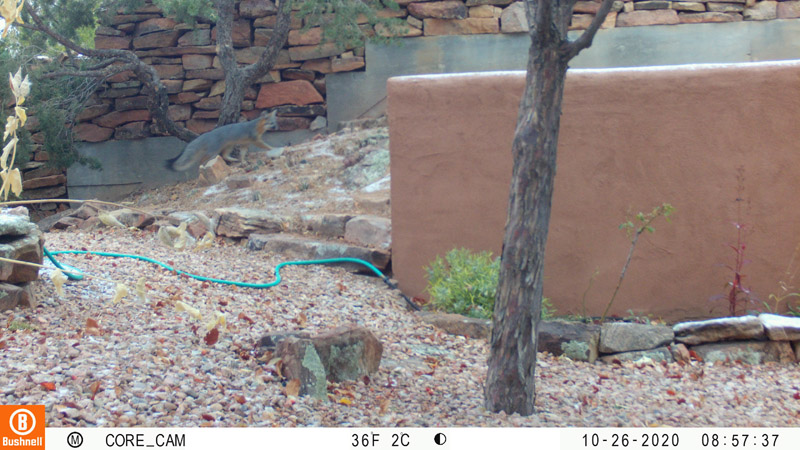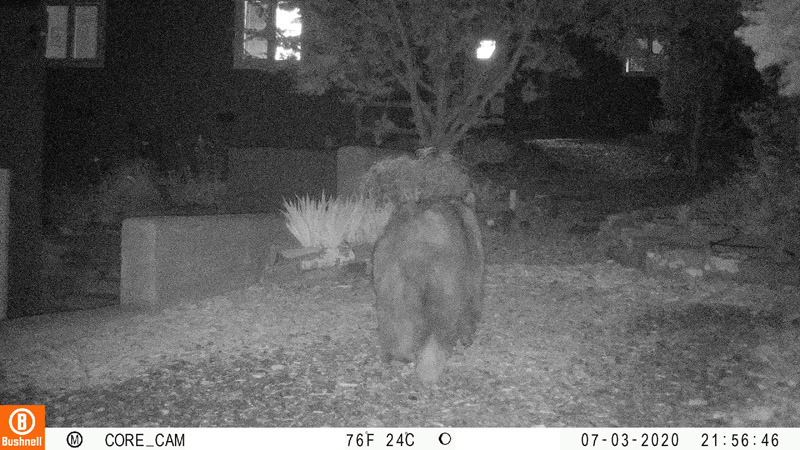
Someone – Goku? germy? – wanted me to see that China has built 120 new missile silos in their western desert.
[Disclosure: Jeffrey Lewis has been a friend for years, and we have consulted each other on many things. Our political views are similar, but he has a punchier way of expressing them.]There’s a lot that can be said about this discovery and the current state of relations with China, but I don’t have time right now, so a few highlights only.
That China is increasing its nuclear capabilities is not surprising. Both Russia and the United States, which have several thousand nuclear weapons each, are modernizing their nuclear forces. China has 200 to 300 nuclear weapons.
China has stated that they regard their nuclear force primarily as a deterrent. These new silos add to that deterrent. Because China doesn’t have enough plutonium to make weapons to fill all those silos, speculation is that China will move missiles from one silo to another to provide a changing target.
A summer intern, Decker Eveleth, found the silo field by looking at overhead photos. This is a specialty of Lewis’s and his students, who have refined the technique. They prepared a media strategy to announce the find, because they wanted to shape how it was received. There is currently a fair bit of agitating against China by people who seem to be itching for a war. Finding a new capability could stoke their agitating.
They announced the discovery to Joby Warrick at the Washington Post, who wrote a story about it. James Acton, at the Carnegie Endowment for International Peace, wrote an analysis, as did Lewis. Wonkier parts can be found here and in a podcast.
The Washington Post Editoral Board called for arms control talks with China, in response to the find. China does not want arms talks until the US and Russia take their numbers much further down, or perhaps until their numbers are higher.
Open source intelligence continues to be played down by government professionals, but this find illustrates that it has the potential to affect policy. Did government analysts find this field but not say anything about it? Does its revelation by a non-governmental organization with its own spin make a difference in policy and public perception?
Cross-posted to Nuclear Diner







